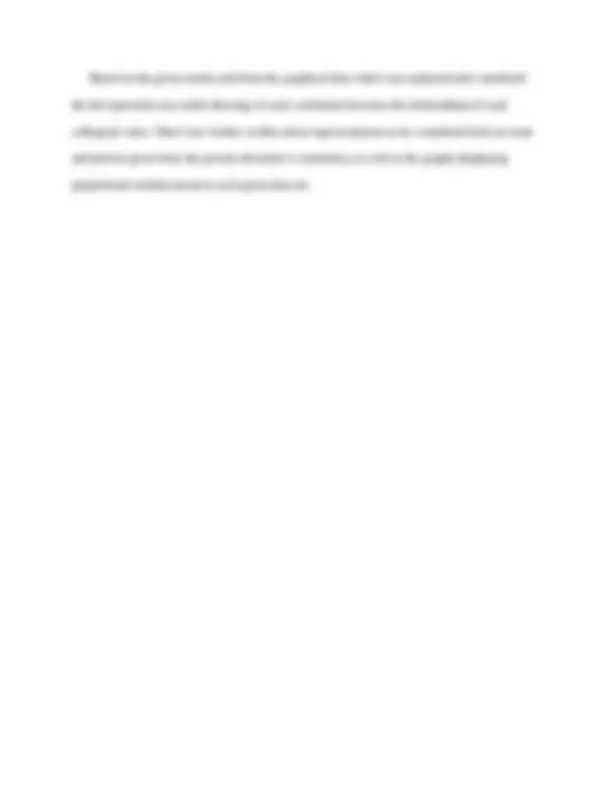



Study with the several resources on Docsity

Earn points by helping other students or get them with a premium plan


Prepare for your exams
Study with the several resources on Docsity

Earn points to download
Earn points by helping other students or get them with a premium plan
Community
Ask the community for help and clear up your study doubts
Discover the best universities in your country according to Docsity users
Free resources
Download our free guides on studying techniques, anxiety management strategies, and thesis advice from Docsity tutors
This lab report by sebastian broncano for ens 241 investigates the relationships between voltage, resistance, and current, using data from experiments conducted under the guidance of professor jorge guerrero. The report discusses the inverse proportional relationship between resistance and voltage, as well as the linear relationship between total resistance and voltage. The report also touches upon the impact of deviation and tolerance percentages on these relationships.
Typology: Study Guides, Projects, Research
1 / 3

This page cannot be seen from the preview
Don't miss anything!


Introduction
The definition of resistance is best described as the electrical resistance of a substance in which it’s measure is the opposition to the flow of electric current. This resistance is measured in SI unit of Ohms ( Ω). Where current is expressed as the natural flow of the direction of electrons within circuit wiring in which current is measured in Amps (A). As such the Voltage is defined as Voltage describes the amount of energy measured in Volts (V) associated with electric charge as it moves around in a circuit. Ohm’s law constructs the relationship between both Current and
Voltage are directly proportional for a given resistance. This lab further explores the comparisons between the relationships of voltage, resistance and current as they undergo various changes.
Discussion
Problem 1
Based on the given graph the gradient demonstrates the natural log slope of the comparison between both the Voltage and the Resistance, this gradient is 3.8128 ln(x) =5.
Problem 2
Conclusion